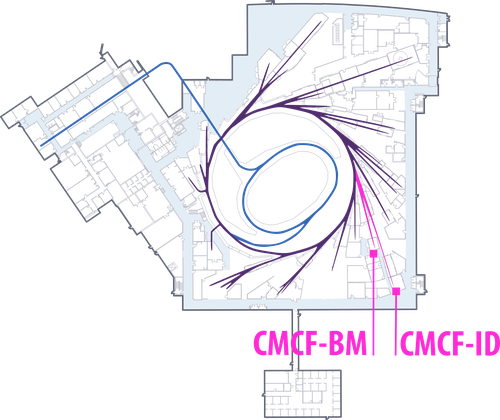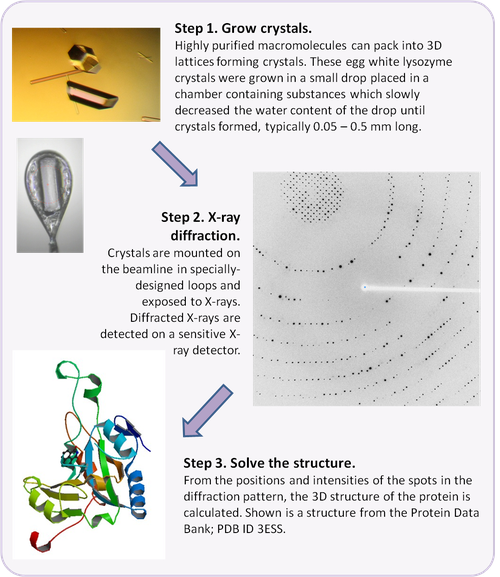Overview

The Canadian Macromolecular Crystallography Facility (CMCF) is an umbrella facility which operates two beamlines, CMCF-ID (08ID) and CMCF-BM (08B1), at the Canadian Light Source in Saskatoon, Saskatchewan. Together, both beamlines enable high-resolution structural studies of proteins, nucleic acids and other macromolecules, satisfying the requirements of the most challenging and diverse of crystallographic experiments.
The CMCF serves a growing macromolecular crystallography community of more than 70 academic, government and industrial research groups across Canada and the United States. The facility also includes supporting infrastructure such as a Sample Preparation Room, Sample Storage Room and access to wet lab facilities.
We are located on the inspiring University of Saskatchewan campus in Saskatoon, Saskatchewan.
Our Mission
The CMCF exists to efficiently operate the macromolecular crystallography beamlines at the CLS, attracting the structural biology community by providing excellent user support and anticipating its needs through innovation.
What is Macromolecular Crystallography?

Macromolecular crystallography is a structural technique used to study biological molecules such as proteins and nucleic acids (DNA, RNA). Individual molecules of the protein of interest are stacked into an ordered three-dimensional array called a crystal. When the crystal is exposed to a narrow beam of X-rays, some of the rays are diffracted, or "scattered." Examination of the diffracted X-rays allows the three-dimensional structure of the molecules within the crystal to be determined. The technique is critical in the field of structural biology, understanding enzymatic reactions, disease mutations and in the development of pharmaceuticals. The diagram below illustrates the steps involved in obtaining a crystal structure.